Akishima City, Tokyo東京都昭島市
Living in Akishima City, Tokyo
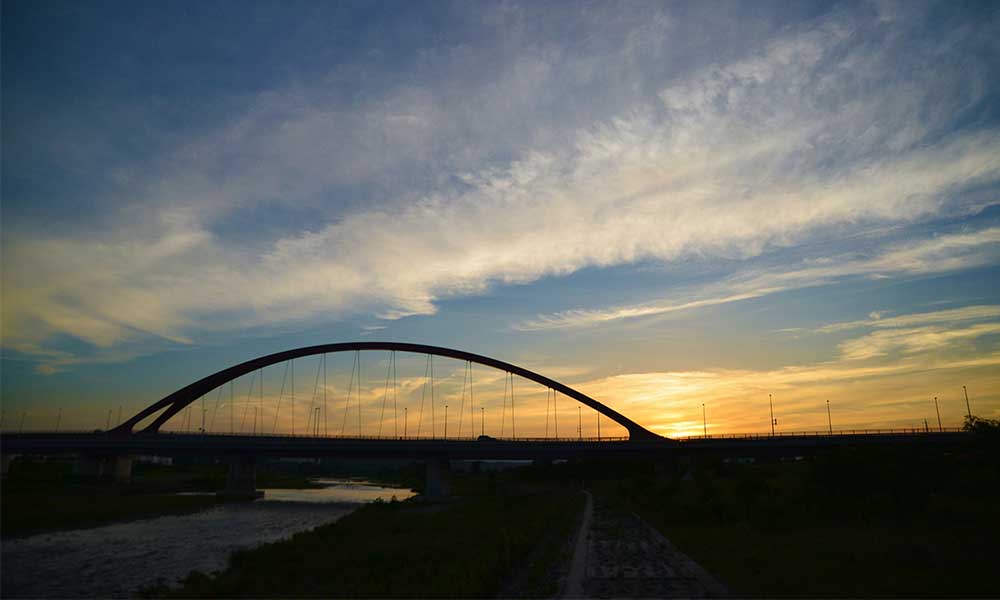
We have Summarized the livability of A A City, Tokyo.
KITATAMA AREA北多摩地域
-
- TACHIKAWA CITY 立川市
-
- NISHITOKYO CITY 西東京市
-
- MUSASHINO CITY 武蔵野市
-
- HIGASHIKURUME CITY 東久留米市
-
- MITAKA CITY 三鷹市
-
- CHOUFU CITY 調布市
-
- KOMAE CITY 狛江市
-
- KIYOSE CITY 清瀬市
-
- HIGASHIMURAYAMA CITY 東村山市
-
- KODAIRA CITY 小平市
-
- KOGANEI CITY 小金井市
-
- FUCHUU CITY 府中市
-
- KOKUBUNJI CITY 国分寺市
-
- KUNITACHI CITY 国立市
-
- HIGASHIYAMATO CITY 東大和市
-
- MUSASHIMURAYAMA CITY 武蔵村山市
-
- AKISHIMA CITY 昭島市
CONTENTS
- What kind of place is Akishima City, Tokyo?
- Akishima CityPR video
- How is the traffic situation in Akishima City?
- How are the rent and land prices in Akishima City?
- How is childcare and education in Akishima City?
- How about shopping in Akishima City?
- How about jobs and recruitment in Akishima City?
- Akishima City’s unique subsidy/subsidy system
What kind of place is Akishima City, Tokyo?
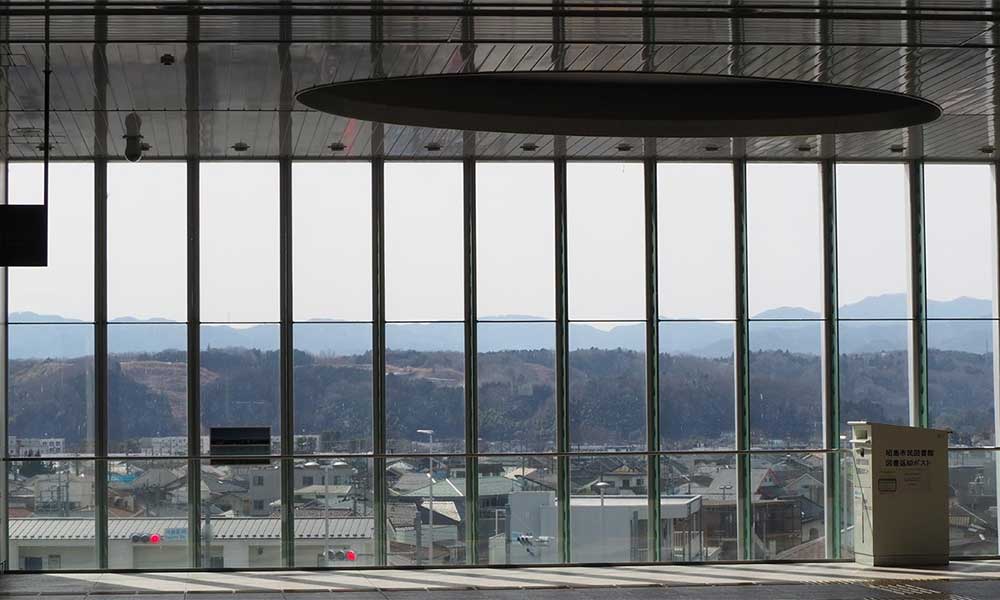
Akishima City: An attractive city where nature and culture coexist in harmony
Akishima City is located slightly west of the center of Tokyo and has an area of approximately 17.34 square kilometers.
It is adjacent to Tachikawa City to the north and east, Hino City to the south, and Hachioji City and Fussa City to the west.
It has a population of approximately 114,000 and approximately 56,000 households. (As of June 2023)
It slopes gently from northwest to southeast. The Tamagawa Aqueduct flows in the north and the Tama River in the south, and residential areas are distributed over a wide area.
It has a history of bustling as a post town on the Nikko Kaido road since the Edo period.
Many silk factories were built at the end of the Meiji period, and most of the city area became mulberry fields in the Taisho period, making it one of the leading silkworm-raising areas in the country.
In the early Showa period, many military factories were built, and the population increased accordingly.
In 1941, Showa Village became Showa Town, and in 1954 it merged with Haijima Village to form Akishima City.
After that, the number of factories gradually increased, and many companies moved in, forming an industrial complex.
Today, Akishima City has developed into an area with commercial facilities and residential areas spreading around Akishima Station and Haijima Station.
The famous symbol of the city is the Tendai Buddhist temple Haijima Daishi Honkakuin, and at the “Daruma Market” held on the 2nd and 3rd of the New Year, daruma dolls with various expressions are lined up in front of the stores, and it has become a tourist spot crowded with many worshippers who come to visit the shrine for the first time of the year.
Akishima Onsen Yuraku no Sato is a popular hot spring facility among locals, where you can enjoy carbonated springs, as well as an open-air bath, sauna and bedrock bath, and you can relax in a large restaurant, making it a popular spot where you can enjoy all day long.
The furniture museum is located on the grounds of the France Bed factory, a six-minute walk from Nakagami Station on the JR Ome Line. You can see and actually touch many exhibits, including vintage furniture and interior items. In the experience corner, you can experience the feel and scent of wood, and even try assembling items.
PR video of Akishima City, Tokyo
What kind of city is Akishima?
Akishima, a town blessed with water and greenery
How is the traffic situation in Akishima City?
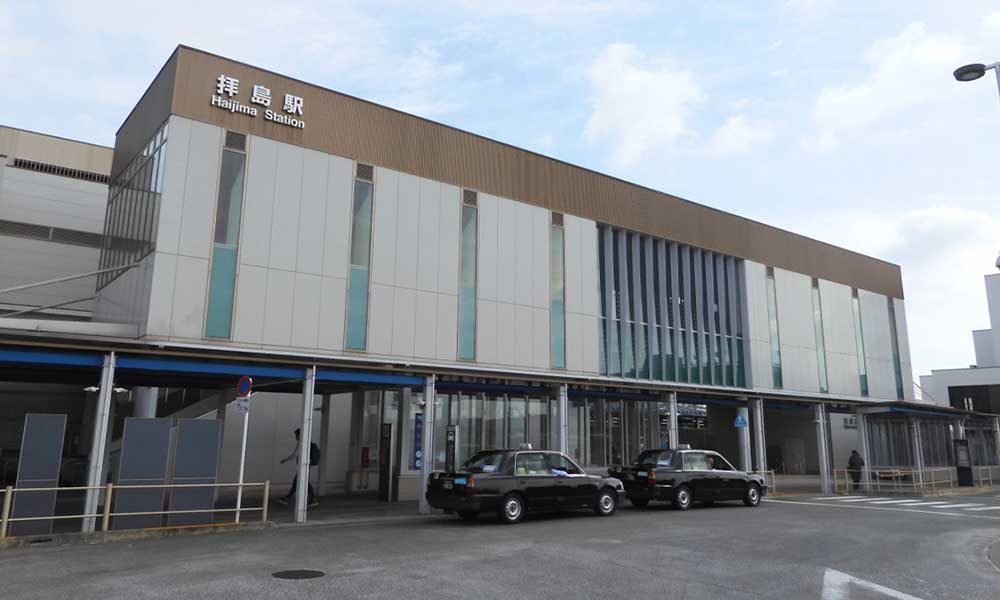
Akishima City is a city with easy access to the city center thanks to its well-developed railway and bus systems.
There are 4 lines and 4 stations in Akishima City. It takes about 49 minutes from Higashi-Nakagami Station to Tokyo Station and about 33 minutes to Shinjuku Station.
| Haijima Station | JR Ome Line・JR Itsukaichi Line・JR Hachiko Line・Seibu Haijima Line |
| Akishima Station | JR Ome Line |
| Higashinakagami Station | JR Ome Line |
| Nakagami Station | JR Ome Line |
Seibu Bus, Tachikawa Bus, and Nishitokyo Bus are available for local bus routes within Akishima City.
You can also use the community bus “A Bus” which can access the main facilities in Akishima, and the “Kururin Bus” which goes around Tachikawa City.
There are no expressways accessible from Akishima City.
The road that passes through Akishima City is National Route 16, which starts and ends in Yokohama City, Kanagawa Prefecture, and connects the Tokyo metropolitan area in a circular route.
If you use the JR line, it is relatively close to the city center, making it very convenient.
Depending on the location, trains and buses run infrequently.
How are the rent and land prices in Akishima City?

Akishima City is a quiet residential area with parks and nature nearby.
According to information from a real estate information website, the average rent in the ward for a newly built apartment within a 10-minute walk from the station is about 66,000 yen for a 1K and 125,000 yen for a 2LDK.
The average land price is about 670,000 yen per tsubo.
The average price of a newly built apartment is 39,090,000 yen, the average area is 70.04 m2, and the average price per tsubo is 1,845,000 yen per tsubo. (As of 2018-2022)
Akishima City is a residential area somewhat away from the center of Tokyo, and compared to the city center, Akishima City has a relatively suburban environment and is an area with many detached houses.
Rent and property prices tend to be relatively reasonable compared to the city center. However, this varies depending on the location and the conditions of the property, so it cannot be generalized. Detached houses and newly built properties may be available at relatively affordable prices compared to the city center.
The area has a good natural environment and is a great place to live. Except for areas near the station, housing prices are relatively low.
In recent years, housing prices have continued to rise, especially in convenient areas such as near train stations.
How is childcare and education in Akishima City?
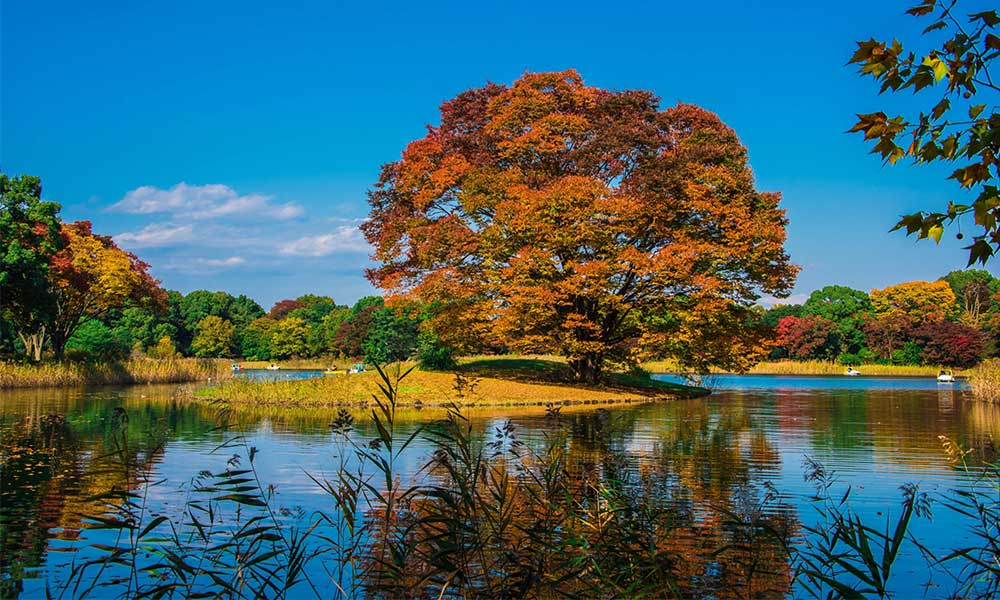
Akishima City is a city with well-developed educational facilities, child-rearing support, and active local events.
Akishima City has 23 nurseries, 7 kindergartens, 14 elementary schools, 7 junior high schools, 3 high schools, and 1 vocational school.
The “Children’s Medical Expense Subsidy” subsidizes the full cost of outpatient and inpatient care for infants and toddlers not yet in compulsory education (until the first March 31st after reaching age 6). For children between the ages of 7 and 18 (until March 31st after reaching age 18), the subsidy is the amount of the insured medical care fee deducted from the self-paid amount for outpatient care up to a maximum of 200 yen per visit, and prescriptions, hospitalization, and home care are fully subsidized.
Child allowances are provided in the following amounts: 15,000 yen for children under 3 years old, 10,000 yen for the first and second child aged 3 or older but not yet entering elementary school, 15,000 yen for the third child and onwards, and 10,000 yen for junior high school students.
Akishima City also has a comprehensive support system of its own.
The “Postpartum Care Service” is a support system for mothers and babies within four months of giving birth, where specialized staff provide care for the baby, care for the mother, and support for childcare. You can choose from home visits, day care, and overnight stays, and the city will fully subsidize the fees.
The “Support Assistance” service is for pregnant women, where specialized staff such as public health nurses and midwives will interview and provide consultation and support.
As interviews are held at various stages, such as after submitting the pregnancy notification, around the eighth month of pregnancy, and after submitting the birth notification, it is a reassuring service that allows you to consult as you go.
The Akishima Childbirth and Childrearing Support Project provides Akishima Cradle Gifts (worth 50,000 yen) during pregnancy and Akishima Future Gifts (worth 50,000 yen) after birth.
The Akishima Childrearing App is a convenient tool that allows you to receive childrearing information and notifications from the city, as well as manage your baby’s vaccination schedule and record their growth.
There are also many systems in place for families who are having trouble finding someone to look after their babies for various reasons.
At the “Chokotto Daycare Center Horimuko,” you can leave your baby between the ages of 0 and 3 for a short time at a low price.
“Temporary Daycare” is a system where children who are not attending a daycare facility can be temporarily looked after at a daycare facility due to unavoidable circumstances such as the parents’ illness or work.
In addition, the “Twilight Stay Project” provides a backup system for families with children, allowing parents to leave their children at low cost when they are working, attending school, or are sick and cannot get home until late at night, creating an environment where parents can raise their children with peace of mind.
The “After-School Club” is a system that provides a safe place to play and study for elementary school children who are lonely after school or during summer vacation because their parents are working.
The “After-School Children’s Classroom” uses the schoolyards of elementary schools in the city to provide a safe place for children to spend their time after school.
Akishima City has a wide range of childcare support facilities, children’s centers, and daycare centers. Various facilities and programs are provided to support children’s growth, and they can be used as a place for parents and children to interact and exchange information.
The city is also blessed with a natural environment, with many parks and places to enjoy nature walks. Children can develop their sensitivity and imagination by being in contact with nature.
The crime rate is relatively low, so you can raise your children in a safe environment. In addition, public facilities and transportation are well-developed, and the city is developed with children’s safety in mind.
The educational environment is also well-developed, with private schools and cram schools, so there are many educational options.
We are also committed to improving the quality of education, and are working to improve our educational programs and curricula. We have an educational environment in which children can acquire a wide range of knowledge and skills for the future.
The area has a low crime rate, making it a safe place to raise your children.
The location is a little far from the city center, so commuting to a school in the city center can take a long time, especially during rush hour traffic jams and crowded trains.
How about shopping in Akishima City?
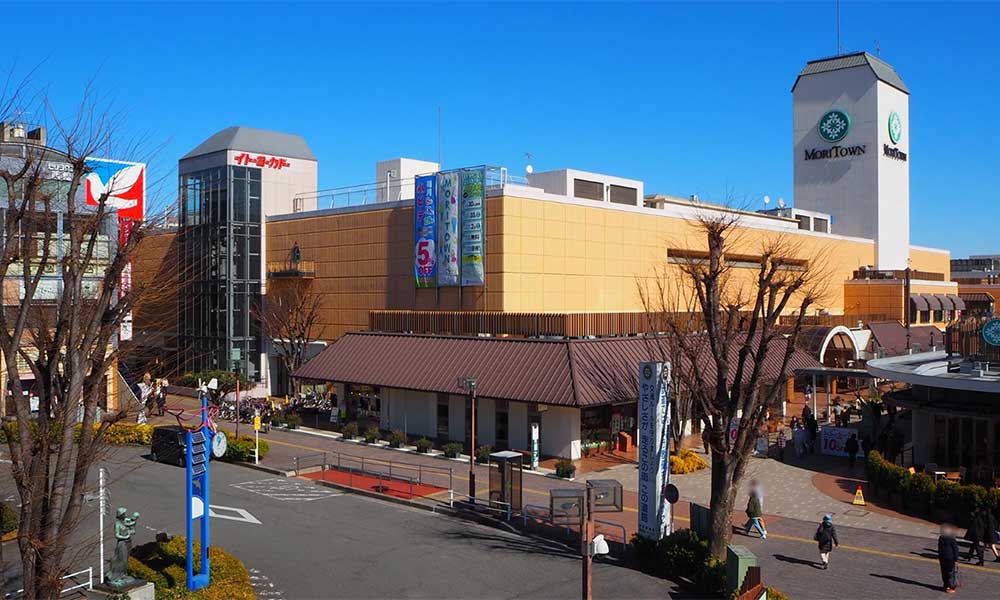
Akishima City: A city with plenty of commercial facilities and where you can enjoy local specialties
Shopping facilities in Akishima City are scattered around Akishima Station and Haijima Station.
“Mori Town” is a commercial facility located a 2-minute walk from Akishima Station, and is a very convenient shopping complex that includes groceries, clothing, miscellaneous goods, and a movie theater.
“Dila Haijima” is a small shopping facility located inside Haijima Station, and includes restaurants and drugstores.
There are also about 15 supermarkets in the city, including Marufuji, Ecos, and Inageya, so you won’t have any trouble buying daily necessities.
Akishima City is dotted with shopping districts, where local shops and privately owned stores are gathered. In the shopping districts, you can purchase groceries, clothing, daily necessities, and more, and there are also restaurants and cafes.
The city has many commercial facilities, such as supermarkets, shopping malls, and shopping streets, that are convenient for purchasing everyday groceries and daily necessities.
Because shopping areas are scattered, you may have to visit multiple locations to find the product you are looking for.
How about jobs and recruitment in Akishima City?
Akishima City: A city with a wide variety of job opportunities and convenient access to the city center
The average annual salary in Akishima City is 3.6 million yen.
Akishima City is a manufacturing area with a thriving electronic device, electrical machinery and equipment, food, and other fields, so you can expect job openings.
Diversity of industry: Akishima City is also a residential area, and there are mainly job openings in the service industry, retail, and manufacturing sectors. In particular, there tends to be a lot of job openings for sales staff and customer service staff around commercial areas and shopping malls.
There are also many small and medium-sized enterprises in the city, and job openings for jobs that are rooted in the community or require a high level of expertise can be found.
In addition, there is a tendency for job openings related to care and welfare for the elderly to be on the rise, and job openings for caregivers, nurses, and care support specialists can be found.
The location has relatively convenient access to the city center, making commuting to companies and facilities in central Tokyo relatively smooth, expanding your options when looking for employment or changing jobs.
Because it is a relatively small area, job openings may be limited, especially in specific industries or occupations, and salaries may be lower than in urban areas.
Akishima City, Tokyo’s unique subsidy/subsidy system
Akishima City, Tokyo’s unique housing assistance and subsidy system
Akishima City, Tokyo’s unique childcare support system
Akishima City, Tokyo’s unique system for further education and tuition assistance/subsidies
| School support Scholarship Program Loan Program to Support Exam Takers |


















